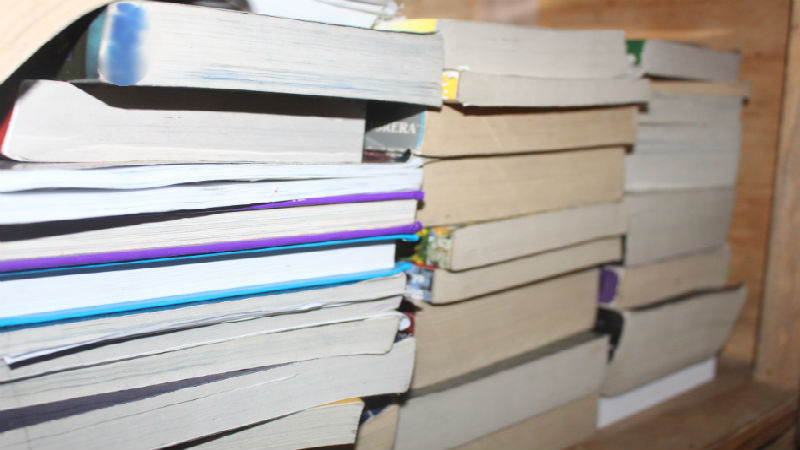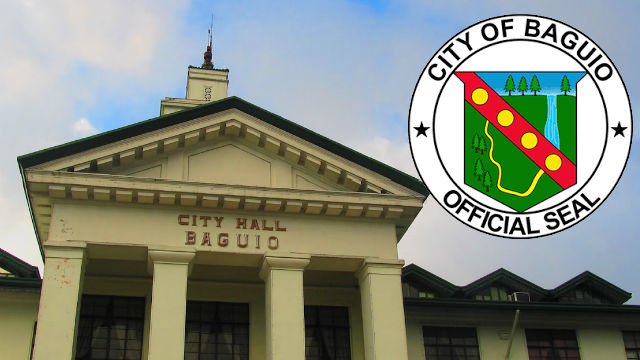TABUK CITY, Kalinga – The members of the Local School Board (LSB) met for their 4th Quarter Meeting for 2022 at MHotel recently.
Mayor Darwin C. Estrañero and Administrator Arnold Tenedero facilitated the meeting which covered discussions on Membership of the Local School Board; SEF Utilization Update; LRC Plan Presentation; City Meet 2023; Preparation for the Palarong Pambansa 2023; and Recovery and Continuity Plan SY 2022-23, among others.
According to SDO Irene Angway’s report, more children between the ages of 6 and 11 and 12 and 18 are enrolled in Tabuk City, although 5% of the total net enrollment is still unenrolled. 97% of those enrolled have completed their primary education, while 65–67% of those enrolled in junior/senior high school have completed their education.
According to Angway, the majority of students tested in Grades 4 through 7 are reading below the FRUSTRATION level, and the number of independent readers is extremely low.
Additionally, the Alternative Learning System (ALS) mapping of out-of-school youth revealed that Grades 7 through 10 are somewhat advanced but still struggle with English, indicating the need for bridge programs to prepare graduates for life in the official education system following graduation. Out of 152 ALS students enrolled at Tabuk City National High School (TCNHS), 82 have dropped out, as demonstrated in the case of ALS learners.
Likewise, the city, using the results from Tabuk Central School, registered a pass percentage of 20–30% in the Division Assessment Test in the Regional and National Achievement Test, way below the national average.
English scored the lowest on the Regional Comprehension Assessment Test, which included three languages—English, Filipino, and the learner’s mother tongue—while the use of the learner’s mother tongue registered a pass rate of 50% or above.
Due to these issues, the Department of Education (DepEd) in Tabuk has developed a number of strategies to raise the bar for students in the city, including: Competency gaps remediation and interventions using; synchronize and asynchronize tutorials (instructional videos; TV and radio programs);
Additionally, end-of-school year assessment of learning will be done where those who fall below the level will undergo summer classes (15 days); DepEd to provide beginning reading interventions to Daycare Centers; train parents in beginning reading in barangays (i.e. Maledda and Ipil): conduct coaching, mentoring, and special classes: conduct Reading remediation and intervention in district schools: prohibition of involving teachers/ learners in too much interactions outside of classroom activities like sports, etc.; and conduct of psycho-social orientation to teachers, learners and even parents to help them cope
The three levels of reading as defined are: Independent reading level which is the highest level at which a reader has adequate background knowledge for the topic, and can access text very quickly and with very few errors. Think of independent level as the highest level you would ask a child to read without help.
Instructional reading level, the highest level at which a reader is not independent, but has adequate background knowledge for a topic, and can access text quickly and with no or few errors. It is the highest level you would ask a child to read with only a small amount of assistance. The vast majority of text that a child reads during the school day should not exceed this level.
Frustration reading levels a reader does not have adequate background level for a topic and/or cannot meet criteria for instructional levels of accuracy and rate. It is a level that requires extensive or even moderate assistance from an educator.
















